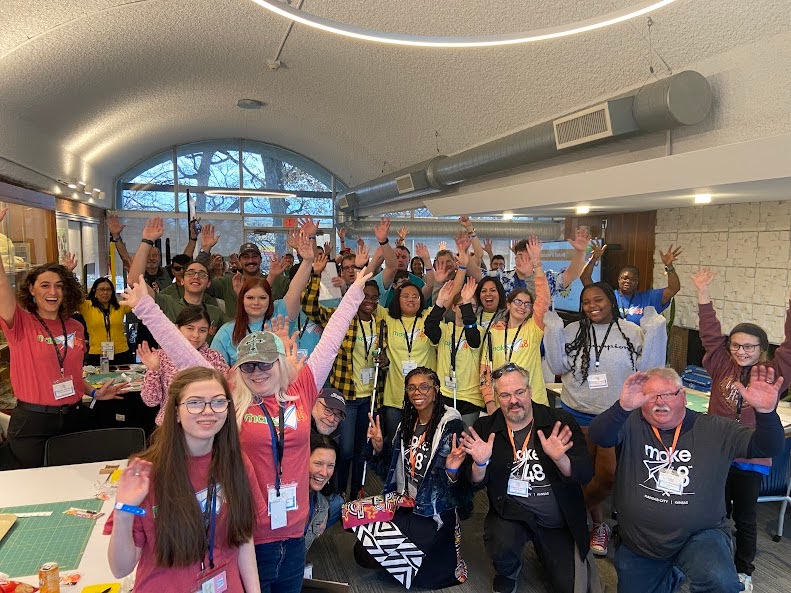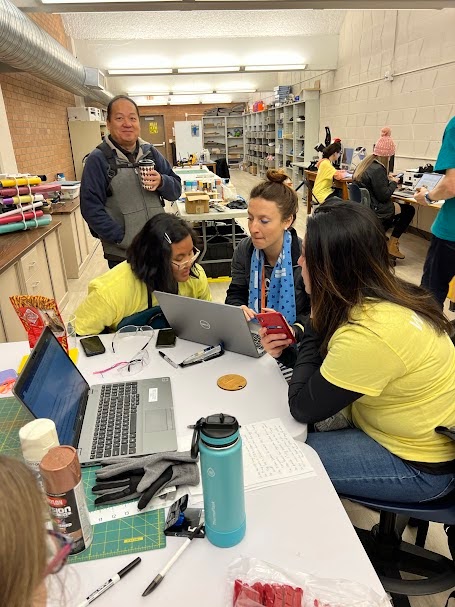The Kansas State School of the Blind beacons innovative approaches to education for blind and visually impaired students ages preschool to 21. The school offers a traditional educational curriculum in addition to personalized support, such as walking cane tutorials, instruction on navigating personal hygiene tasks like doing laundry, and other classes for gaining increased ease through day-to-day tasks. In addition to the dormitory housing made available, The school’s Mobile STEM Unit combines individual education planning and access to assistive technology to deliver tailored assistance for students throughout Kansas.
“There’s over 200 students that the school serves throughout the state,” said Makerspace Coordinator, Lydia Knopp, when describing the impact of the Mobile STEM unit. “And the idea is that we want them to stay in their home school district so they can learn with peers and be in their own communities but that they’re getting the services they need coming to them.”
In the School’s Maker Space, students go beyond personal development and into professional development, gaining highly marketable skills including computer coding. These professional development opportunities are made available through cutting-edge assistive technologies like GPS-capable walking canes, augmented reality goggles, and 3-D printers.
This April, nationwide teams from 6 different state blind schools will compete at Kansas State School of the Blind. Two winning teams from April’s competition will advance on to Make48 Nationals and a chance to win for a cash prize of $10,000. Make48, is a two-day invention competition. Currently in its seventh season, Make48 challenges the creative capabilities and critical-thinking skills of students from across the nation, giving competitors only 48 hours to ideate and execute a turn-key solution for challenges faced by people affected by visual impairment.
Make48 is televised on local PBS Stations, YouTube and streamed on Roku. The national competition will take place at Operation Breakthrough and is open to the public for viewing and volunteer opportunities. Click here to learn more.


